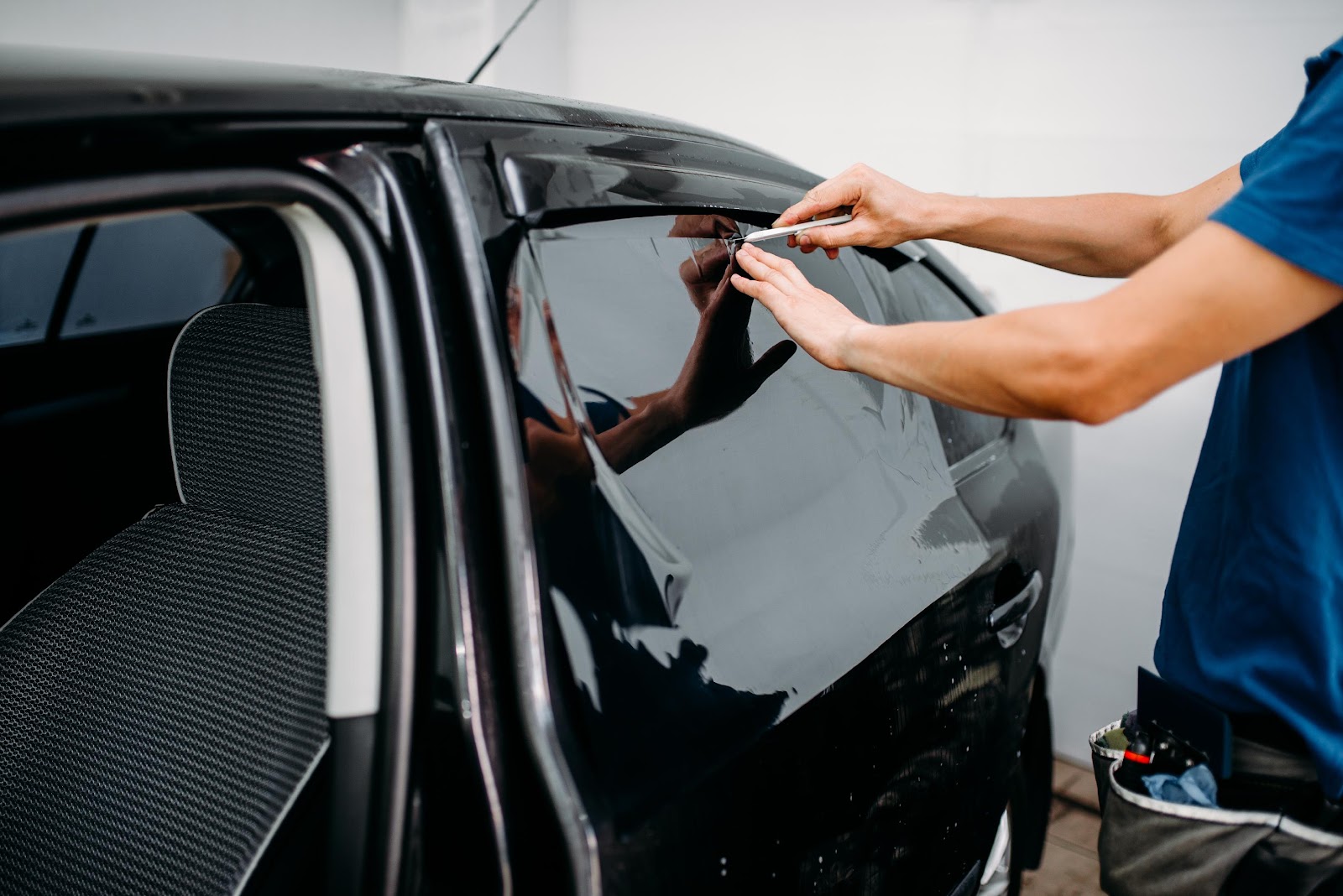
Tinting for Different Climates: Choosing the Perfect Shade for Your Region
The fact that the idea of window tinting is much older than cars and houses in their present form may be surprising for most people, but it originated from Egyptian and Mesopotamian cultures. It is obvious that modern tints are completely different and are aimed at not only blocking the sunrays but mostly the harmful rays, which can destroy human eyesight. This practical solution improves comfort but also energy efficiency and privacy in the living or working space, and it can also be used for increased safety when driving in a car. The choice of the perfect shade depends strongly on the climate and the region in which the building is located, and this article is a complete guide on how to choose the tinting for different climates for high efficiency and top quality.
Understanding the Impact of Climate
The first step in choosing the perfect window tint should not be the design or aesthetic, but the requirements of the climate states for the building owners. The distinct challenges resulting from the characteristics of different climates are crucial for the maintenance of an optimal indoor environment. It is enough to list the climate types to understand that the tinting for the polar climate must be completely different than in the case of tropical conditions.
Various factors need to be analysed before choosing the tint, such as temperature extremes, sunlight exposure, or humidity level, to provide the required shade.
Heat Intensity and Solar Heat Gain
The countries with tropical and arid climates with high temperatures most of the time, it is required to choose a window tint with a low Solar Heat Gain Coefficient (SHGC). This is the measure to show how much radiation passes through a window, having a great impact on the eyesight of the people working near the window, and the overall temperature of the interior. The tint must necessarily reflect or absorb a significant amount of solar heat, which in the long-term can have a positive impact on the environment with a reduced reliance on air conditioning.
The car window tinting in Sydney must be checked according to a few measures, one of which is the amount of radiation passing through the window, for the safety and comfort of driving and protection against harsh sun. However, it is necessary to acknowledge the jurisdiction of a certain area and to use tint with the allowed darkness level.
In hot climates keeping a comfortable indoor temperature is crucial, and the balance between heat reflection and absorption has an influence here. In contrast, polar climates should utilise tints that insulate by trapping the heat inside in colder months together with protection against harsh sunlight.
Sun Angles and Glare Reduction
When geographical location changes, a varied angle of the sun’s rays can be observed. In areas where the sun is at a lower angle, it is necessary to design tints that reduce glare and the increased reflection off surfaces as a result. The regions located around the equator experience more overhead rays, shifting the focus of tints to UV protection and heat reduction.
The analysis of the sun angles is crucial for the choice of tint for homes and offices with east- or west-facing windows. It is also recommended to apply adjustable tints adapted to changing sun angles throughout the day to receive a dynamic solution with optimal conditions and comfort without compromising the natural light.
Desired Level of Privacy
Privacy concerns are partly related to climate change, as the weather conditions vary according to the region, and so do the privacy issues. The regions of high density need to focus more on privacy than the areas of high distance between any buildings. Tints with a higher reflective surface will protect the interior from excessive sunrays, together with the privacy focus, by creating a one-way mirror effect.
Rural and suburban settings do not require tints, ensuring a high level of privacy, but it is perfect if they do not block the rural view completely, to feel like part of the surrounding nature.
Sustainable practices and the impact on the environment
The focus on environmental issues forced all industries to search for solutions and practices that were highly sustainable. Tints with insulating properties are a great example of sustainable and eco-friendly solutions, helping to trap heat inside, reduce heating in cold climates, and block the sun rays from coming in, lowering the temperature indoors. Both practices, with proper tinting used, help to reduce the carbon footprint by reducing the time when heating or air conditioning is used.
The post Tinting for Different Climates: Choosing the Perfect Shade for Your Region appeared first on My Car Heaven.

